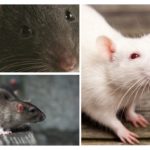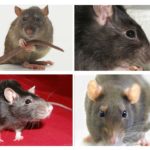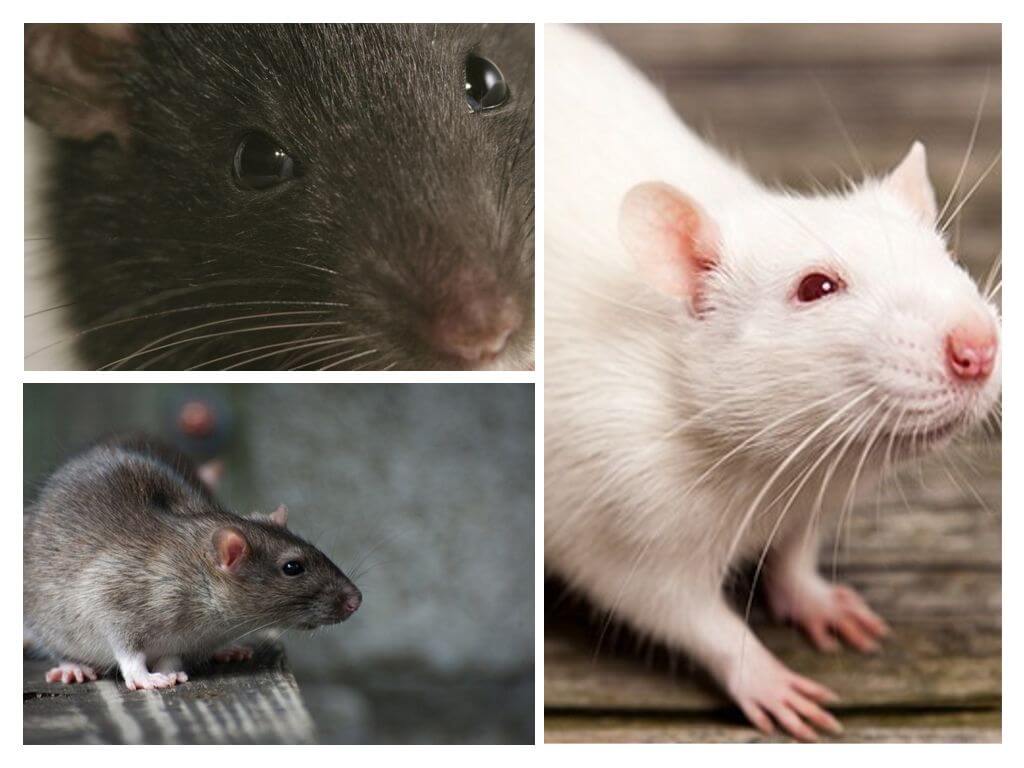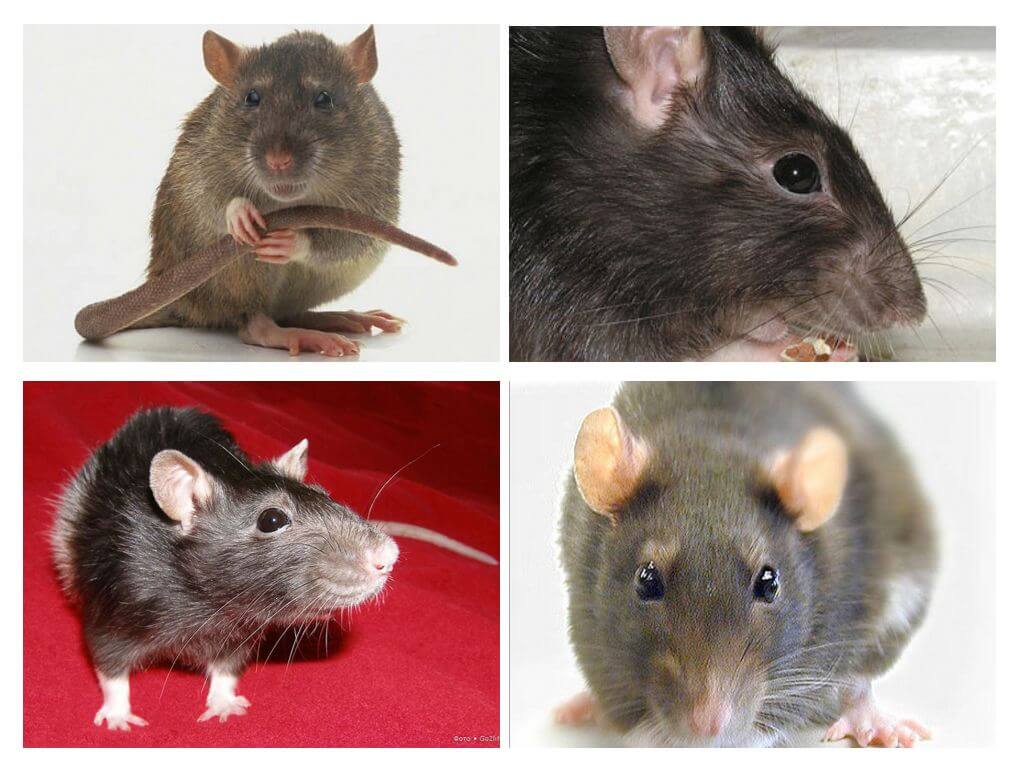Rat vision
- Rat vision
- Visual orientation of rats
Rats are characterized as smart, cunning creatures. Possess a good thinking ability, visual memory. Rodents deftly bypass rat trapsrarely caught in traps. A person involuntarily raises the question of how rats see. To cope with the enemy, you need to know about him as much information as possible.
Color difference
The human eye contains 2 types of light receptors - cones, rods. The first perceive a bright light and different colors.The latter capture dim light, allow you to see in the dark.
The eye of a rat also contains rods and cones, but their density relative to each other is different. This affects the perception of colors. The rodent retina captures shortwave, mid-wave spectra. The rat sees blue, ultraviolet and green.
The retina of the rodent’s eyes consists of 99% of rods. Cones occupy only 1%. In humans, they are 5%. Interesting that rat factthat she does not see the colorful tone, does not distinguish colors. Much more important for her brightness, dim light radiation.
Ultraviolet vision features
The eyes of the rat are under study. In the course of numerous studies, some peculiarities of how different world viewers look at the world around became known. types of rats.
- See urine marks. The animals leave traces of urine by smell, color. In the dark, secretions are visible in ultraviolet light. Predators in this way mark their territory.
- See the body in ultraviolet light. Different parts of the body of the animal, man emit ultraviolet light of different wavelengths.
Interesting!
In such a animal, like a degu, the stomach radiates longer ultraviolet rays. When he sleeps, shows his belly tummy. During the hunt, the animal is on 4 legs, its back makes it invisible in the dark.
- Twilight ultraviolet vision. In the daytime, ultraviolet rays are abundant. At night, only creatures with a certain eye structure can notice them. Rats are nocturnal, see in the dark.
Important!
Rats see the picture blurry. Visual acuity in a rodent is 30 times less than in humans. In albino with red eyes 40 times. Depth of field from 7 cm to infinity. In humans - from 2.3 m. This suggests that rodents see only at a short distance.
Features panoramic view
Poor vision in rats is compensated by panoramic perception. If you pay attention to rat appearance, her eyes are located on the sides, which allows to cover a wider area. Every eye sees a different picture. This allows the animal to quickly navigate in space with the appearance of the enemy, the victim.
The wide arrangement of eyes relative to each other reduces the ratebinocular vision. Rodents have a weak perception of depth - by 76%. In humans, binocular vision is 105%.
Interesting!
The low rate of binocular vision is compensated by the phenomenon of parallax movement. It helps the animal determine how far or close the object is. If you move your head from side to side, the objects will also move. Objects located at a small distance from the eyes, move with greater speed. Before jumping or penetrating unfamiliar territory, the animal shakes its head in different directions for some time. So he determines the depth of the distance.
Visual orientation
Vision in a rat has its own characteristics, complemented by features of the brain, thinking. The animal is well-versed in the familiar space because it remembers the locations of objects.
A study was conducted when rodents moved through the maze. After the structure was turned upside down, the animals strayed from the intended course. When objects were moved along with the maze, the rodents behaved as usual.
Pests can see objects at a distance of 50 cm.They distinguish whether the path is free in front, within 75 cm. To determine the closer location of objects, use the organs of touch - the mustache.
What vision in rats need to know to outwit rodents, get rid of them in a timely manner. Also it is necessary to take into account that with the animals the eyesight decreases. Rats live for longtherefore, vision begins to deteriorate after 2 years of life. This explains the fact that the old individuals more often fall into a trap, a trap.









